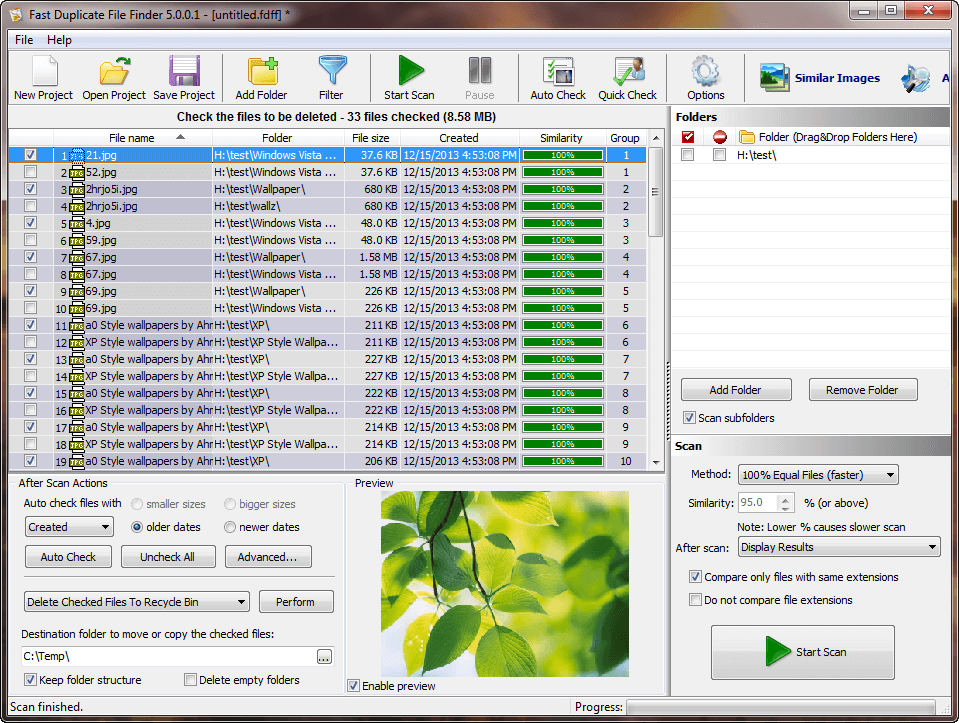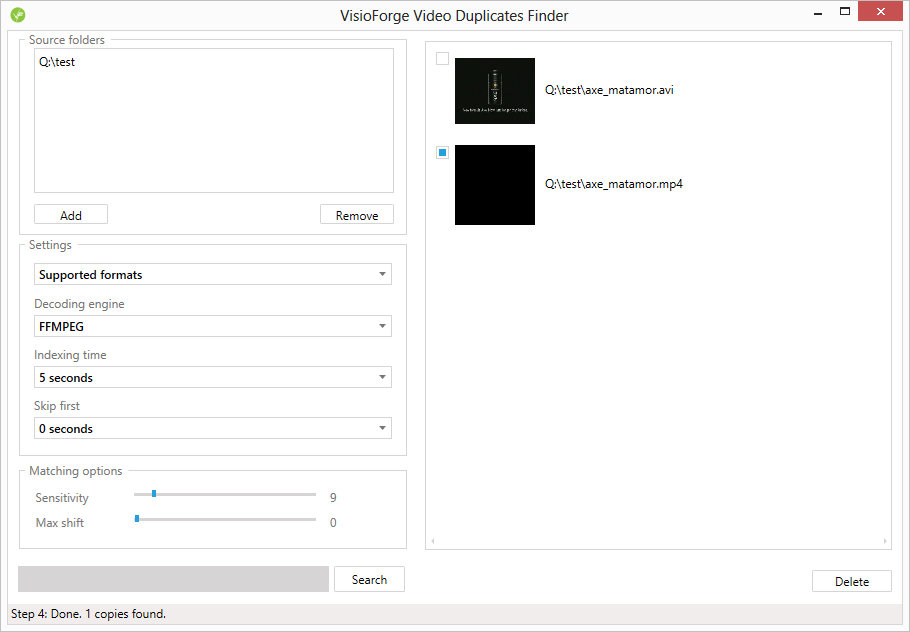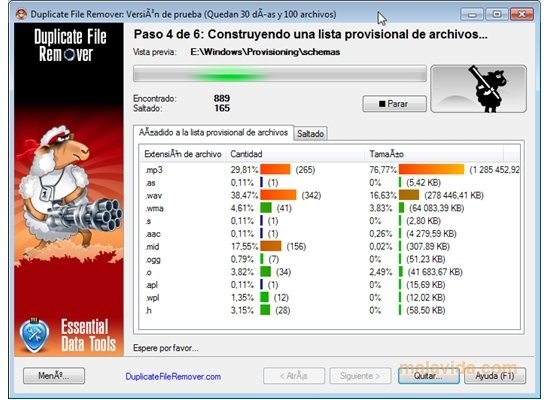

It then visits each page in the URL list and checks if the selectors found in the stylesheets are used on the pages. Helium takes a list of URLs for different sections of a site then loads and parses each page to build up a list of all stylesheets. Helium CSS is a tool for finding unused CSS across many pages on a web site. Helium CSS – JS Tool To Scan Your Site and Show Unused CSS Mort is a simple tool for detecting and highlighting “dead” CSS.ĬSS Shrink is a small tool for ‘shrinking’ CSS files.Ĭsscss is a Ruby gem that will parse any CSS file and tell you which rulesets have duplicated declarations. Sanitize.css is a CSS library that corrects broken and missing styles. Purgecss is a tool that can quickly remove unused CSS from your site. Unused CSS is a simple tool that scans your website for any unused CSS selectors. Start Downloading Now! CSS Comb – CSS SortingĬSScomb is an intelligent tool that will sort the CSS properties from your stylesheet and, from the settings, sort them in a specific order. You may also like these toolboxes: CSS Flexbox, CSS Animation, SVG Workflow Tools or Styleguide Tools. Time back that will let you go and mess up another CSS file! They won’t know about the unique and quirky style you use for writing your CSS, but they will help and will save you a lot of time. If only there were a bunch of tools that would help format, organize and sort my CSS for me. Either way and depending on the size of the site, it will take a lot of your time. Rest assured though it happens to everybody.Īt this point you can either do one of two things, stop at different stages and re-structure the CSS, or you can wait until the site is finished and then fix everything. The structure and at times it will be confusing and even unreadable.


You know how it goes, you start a new web project with a barebones CSS file, and as you build the site, your CSS grows rapidly with it. If this describes you, then move along please, this post is not for you.īut if you are one of the 99.9% of web designers out there that work with CSS on a regular basis, it is for you. Your CSS files will be structured coherently and concisely every selector will have been attentively placed, every property will be perfectly formatted… your CSS will look like carefully crafted art. If you are an uber-experienced web designer, you probably won’t have this problem.


 0 kommentar(er)
0 kommentar(er)
